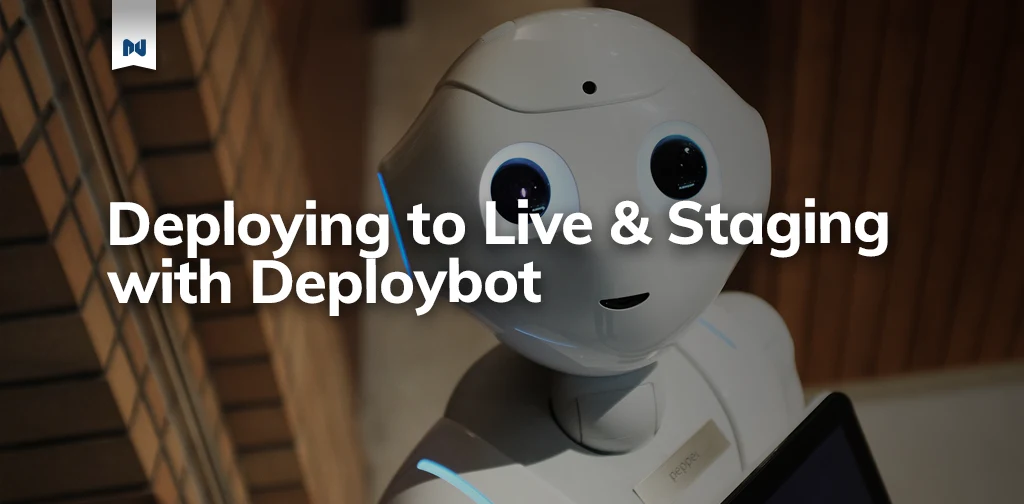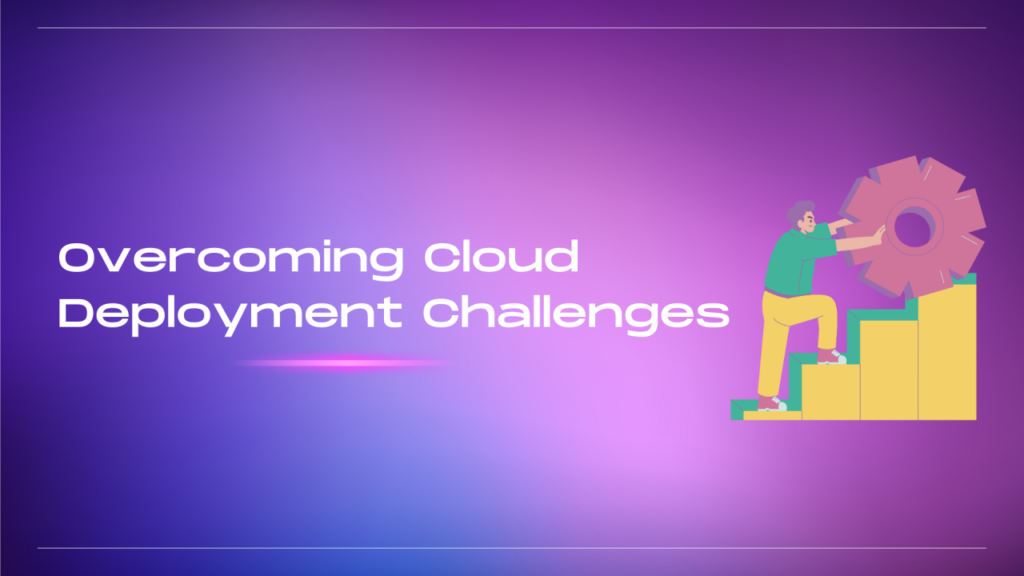Bot Deployment Challenges: How to Overcome in Production?

Introduction
MadgicalTechdom provides an AI-powered conversational platform for customer engagement and support, offering services to clients and other companies. Our platform leverages cutting-edge AI technology to enhance customer interactions, streamline support processes, and drive business growth.
In the vast world of conversational AI, MadgicalTechdom set out on a journey to create AI bots and deploy them for Swiftchat, a company with a whopping 200 million users. Our primary mission was clear: to ensure our bots handle the diverse needs of all these users. The challenge? is making our bots scalable for this massive and varied user base while ensuring a seamless deployment process.
This story, however, is about more than just building AI bots; it is about how we overcame the challenging task of making sure our conversational AI bots could seamlessly manage millions of users’ needs right away. So, come along with us as we share the unique tricks and solutions we used to turn scalability from a problem into a success in developing and deploying bots.
There are challenges when bots are deployed in real-world scenarios in the ever-evolving world of technology. From tricky infrastructure needs to ensuring the bots can scale up effectively, overcoming these challenges is key to a smooth and successful deployment. This blog will delve deep into the complexities of deploying bots in a production environment, offering practical tips and strategies to conquer the challenges that arise along the way.
Performance Challenges in AI Chat bots

Handling more than 20 million users: Imagine 20 million people trying to talk to a chatbot all at once—that’s a lot! Handling this many conversations is a big challenge. If we don’t do it right, the chatbot could slow down, take a long time to answer, or even crash sometimes, especially when many people are using it together. It’s like when too many friends try to talk to you at the same time, and you can’t keep up. We want the chatbot to stay quick and work well for everyone, even when lots of people are using it together. So, figuring out how to handle all these conversations at once is really important to keep things running smoothly.
Monitoring and alert: After creating our AI chatbot, we need to make sure it’s always working well. We have faced issues to track because once our bot was not working, we did not just like how we take care of our toys. This is the challenge of monitoring and maintenance. It’s like giving our chatbot a check-up to see if everything is okay. we need to keep an eye on our chatbot and fix anything that’s not quite right
Real-time Responsiveness: Keeping up with users’ need for quick and accurate responses from AI chatbots is tough. It means making sure the chatbot can process information super fast without making mistakes, especially when dealing with tricky questions or lots of people chatting at once. It’s like trying to keep a conversation going smoothly in a busy room—it takes some serious technical know-how.
Cost Management: We’ve faced significant challenges in managing costs while scaling our chatbot system. As we expanded our infrastructure to accommodate growing user demand, we encountered increased expenses associated with provisioning multiple machines and resources for the system. Additionally, deploying multiple Application Load Balancers (ALBs) for each bot added complexity to cost management, as each ALB incurred its own costs. Balancing resource allocation across these multiple machines and ALBs became a critical concern, requiring us to optimize resource usage and implement cost-effective scaling strategies. Additionally, accurately forecasting resource requirements became more challenging as the system scaled, making it essential to continuously monitor and adjust our approach to managing scalability costs effectively.
Strategies adopted to overcome bot deployment challenges

Integration of New Relic: We added a cool tool called New Relic to our setup, which helps us keep an eye on how well our application is doing, kind of like a health check-up but for our system. This way, we can quickly spot any issues and fix them before they cause any problems. It’s like being super proactive and making sure everything keeps running smoothly for everyone.
Load testing: We tested our website to ensure it could handle many people using it simultaneously. We started by seeing how it coped with 100 visitors all at once. Then, we increased the number to 500, and eventually to 1,000 and 1,500, checking its performance each time. Finally, we pushed the limits with a test for 10,000 visitors at once. This process helped us determine the number of computers (servers) needed to keep the website fast and responsive for everyone. Through these tests, we ensured our website remained efficient, no matter how many people were using it at the same time.
Implementation Caching: Efficient caching mechanisms play a role in improving response times. Implementing multi-stage caching ensures that frequently accessed data is readily available, reducing the need for repetitive processing and significantly enhancing the speed and efficiency of the platform. In our optimization efforts, we have implemented multichaining to expedite data retrieval for users. By caching data in Weaviate, we have ensured that users can access information swiftly, contributing to a seamless and efficient user experience.
Streamlining Cost Management in Scalable Chatbot Systems: To overcome the challenges of cost management while scaling our chatbot system, we implemented several strategies. One effective approach was optimizing our infrastructure setup by utilizing a single Application Load Balancer (ALB) for multiple chatbots. This consolidation allowed us to streamline our resource allocation and reduce costs associated with provisioning separate ALBs for each bot instance.
By centralizing our load balancing mechanism, we were able to achieve better resource utilization across our infrastructure. This not only reduced the overall infrastructure overhead but also simplified our cost management processes by consolidating billing and monitoring efforts.
Implementation of the Kubernetes Cluster: We revamped our Weaviate application to handle more traffic seamlessly. When our previous setup on EC2 instances struggled with scalability, we made a strategic shift to Amazon EKS (Elastic Kubernetes Service). This change empowered us with Kubernetes’ automated features for deploying, scaling, and managing containerized applications. After rigorous testing and implementation, we observed significant improvements in scalability, resilience, and overall ease of management. This transition reinforces our dedication to establishing a robust foundation for building and deploying applications at scale.
Outcome
Enhanced User Serving Capacity
Post-optimization, our system has shown remarkable improvements in its ability to handle 20 million user requests. The introduction of multi-stage caching, load testing, and latency identification, among other strategies, has substantially increased our system’s scalability. As a result, we can now serve a significantly higher number of users simultaneously without any compromise in performance or speed. The exact increase in user capacity varies depending on numerous factors, including the specific optimizations applied and the nature of user interactions. However, it’s clear that these enhancements have equipped our platform to handle peak loads more efficiently, ensuring a smooth and responsive experience for a larger user base.
Reduction in OpenAI Calls and Costs
Another critical outcome of our optimization efforts is the noticeable reduction in the number of calls made to OpenAI’s APIs, which directly translates into cost savings. By refining our prompt templates to generate more precise queries and implementing intelligent caching solutions, we’ve drastically decreased the need for repetitive and unnecessary API calls. This not only optimizes our resource utilization but also minimizes latency, enhancing the overall user experience. Add in this: Before it, open API calls were 60–70%. Now, after using the above approach, we get only 3 to 5% calls on the open API.
The adoption of Kubernetes for better resource management has further contributed to this efficiency, ensuring that our system uses computational resources more judiciously. Consequently, we’ve observed a significant decrease in operational costs associated with API usage. This financial saving allows us to invest more in research and development to continue improving our services.
Conclusion
In conclusion, our strategic efforts to optimize the performance of our AI chatbot have resulted in significant advancements on multiple fronts. Addressing the challenge of handling 20 million requests, we’ve implemented robust strategies to ensure a smooth and responsive user experience, even during peak usage. The incorporation of New Relic for monitoring, load testing for scalability assessment, multi-stage caching for improved response times, worker thread tuning for parallel processing optimization, and the adoption of a Kubernetes cluster for enhanced scalability collectively demonstrate our commitment to continuous improvement.
These measures have not only increased our system’s capacity to serve users efficiently but also led to a substantial reduction in OpenAI API calls and associated costs. By refining prompt templates, implementing intelligent caching, and adopting resource-efficient practices, we’ve minimized unnecessary API calls, optimized resource utilization, and minimized latency. This dual advantage underscores our dedication to providing high-quality, efficient, and cost-effective services to our users. In essence, these strategic optimizations serve as a testament to our commitment to delivering a seamless and impactful user experience while ensuring operational efficiency and cost-effectiveness in our AI chatbot ecosystem
Further Reading
- How to write your first blog post using AI tools
- How to Optimize QA Automation for 30% Quicker Releases
- How to Achieve 60% AWS Cost Optimization with Functions and Tags
- 30% Time Savings in AI Development: The EKS CI/CD Solution
- How to Get Started with Terraform: A Step-by-Step Guide
- The Value of Fluency in English: Everything You Need To Know